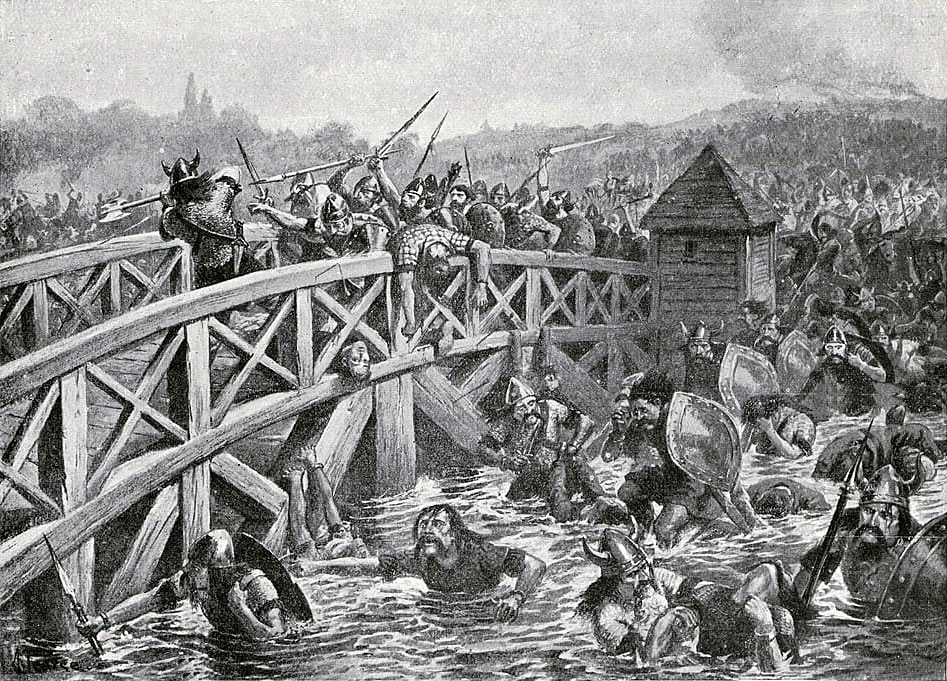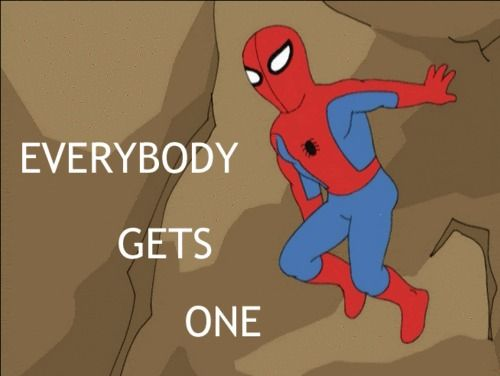I genuinely have no idea where this one is going to go, but I’ve had this thought circulating for a bit now and it’s pretty entertaining to me. I was thinking about Paul Anderson the other day, primarily because, as I said in the very first entry to this blog: when my mind idles, it defaults right to getting bigger and stronger, and I’ll think of WEIRD stuff when that happens. So anyway, what I specifically was thinking about was how Paul was a firm believer in the value of sugar as it related to getting bigger and stronger. Whereas most meatheads were…well…meatheads, and therefore focused on meat and protein, Paul believed that SUGAR was necessary for the digestion of all of that meat and protein, and it’s presence WITH the protein was crucial for the process of digesting the protein and getting bigger and stronger. That’s honestly not too far off from the en vogue notion of pairing post workout protein with some manner of insulin spiker to create an anabolic effect via the “storage” mechanism of insulin to drive protein into the muscles…but Paul took this in an interesting direction. Primarily, Paul had the habit of drinking HALF A PINT of honey during strenuous workouts, alongside a protein drink consisting of “ice cream, milk, soybean meal, and raw eggs”. To crunch the numbers on that, there are about 60 calories in a tablespoon of honey, 17g of carbs, of which 16 are sugar. Half a pint is netting you 16 times that amount: 960 calories, 256g of sugar…which was what was consumed DURING the workout ALONGSIDE his “protein” concoction of ice cream and milk, being a part of the OG “Gallon of Milk a Day” tribe. All of this eating and drinking got Paul to a bodyweight of 360lbs at his heaviest at 5’9, and a competition weight of 304lbs when he won Gold at the 1956 Olympics.
Paul ready to crush dreams and break hearts
What’s the
point of that history lesson? At 304lbs
in the 1950s and 360lbs at his all-time heaviest, Paul was absolutely a big
man…but compared to today? You can go
into any Walmart and you’re BOUND to find at least one 5’9 360lb man, to say
nothing of significantly heavier men than that.
We have a television series titled “My 600lb life” that documents humans
that have massively eclipsed (pun partially intended) Paul’s downright
diminutive 360lb frame. And Paul got
there by DRINKING HONEY AND ICE CREAM as though they were beverages. He had a goal to get as heavy as he possibly
could so that he could lift as much weight as he could, and he couldn’t catch
up to reality TV stars of our current era…peculiar, no?
Let’s take
another case study: Bruce Randall. My
love and admiration of Mr. Randall has been well documented, because any man
who can get a 680lb squat after breaking their leg in 7 places from a
motorcycle accident by employing a style on the good morning that makes the
internet scream is definitely my kind of hero.
Bruce, like Paul, understood the direct relationship between how much he
weighed and how strong he was, and he achieved an absurd bodyweight of 401lbs
at a height of 6’2 so that he could be one of the strongest humans of his time,
before then cutting down to a svelte bodyweight of 222lbs to win the 1959 NABBA
Mr Universe. And he accomplished his
401lb bodyweight employing a progressive overload approach to nutrition,
gradually adding extra food to each meal, “an extra chop, glass of milk, slice
of bread”, etc, eventually totally out to an average (as reported by Randy
Roach) of “eight to ten quarts of milk a day along with 12 to 18 eggs” and a
semi-regular breakfast of “two quarts of milk, 28 fried eggs and a loaf and a
half of bread”. Once again, because math
is fun, that’s a breakfast of 1,171 calories of milk (64g of fat and protein,
88g carbs), 2,262 calories of eggs (145g of fat and protein) NOT counting the
butter they were fried in, and (assuming 20 slices per loaf and a wheat bread)
2100 calories of bread, (about 30g of fat, 100g of protein, and 360g of carbs):
a total of 5,533 calories, about 240g of fat, 309g of protein and 448g of
carbs…for breakfast!
It's absurd to think that he was nearly 100lbs away from his al time high in this photo
And again,
is a 401lb 6’2 man a big man?
Absolutely! Is that the fattest a
man can be at 6’2? Not in the slightest. Hell, at 1” taller, Eddie Hall was 433lbs,
and ALSO a strong human, to say nothing of the people you’ll see at any public
gathering that have “achieved” an even higher bodyweight through sheer “grit
and determination”. And examples are
abound of this in other historical locations: the Saxon Trio were famous for
their eating feats, which included a breakfast of “24 eggs and 3 pounds of smoked
bacon; porridge with cream, honey, marmalade and tea with plenty of sugar. At
three o’clock they had dinner: ten pounds of meat was consumed with vegetables
(but not much potatoes); sweet fruits, raw or cooked, sweet cakes, salads,
sweet puddings, cocoa and whipped cream and very sweet tea. Supper, after the
show, they had cold meat, smoked fish, much butter, cheese and beer.” If you look at the Saxons, none of them would
even register as “fat” by today’s standards.
What about legendary J.C. Hise?
Along with also abiding by the Gallon of Milk a day, according to a
report on the 1934 Senior National Weightlifting Championships, J.C. Hise “steadily
ate for over two hours, consuming half a gallon of coffee, much water, and
unaccounted for stacks of grub” prior to arriving to compete and finish third, beating
out the legendary John C. Grimek. Was
J.C. large? At 5’9 and 298lbs, most
certainly. Can he measure up to what we
see today? Not at all. John McCallum, creator and consumer of the
“get big drink”, made up of “two quarts of milk in a bowl, at least a day’s
supply of the Quick Gain Weight, two cups of skim milk powder, two eggs, four
tablespoons of peanut butter, half a brick of chocolate ice cream, a banana,
four tablespoons of malted milk powder and six tablespoons of corn syrup”,
consumed on TOP of a diet heavy in whole foods.
John was a meaty man, based off his photos, but definitely not some sort
of land whale that you’d anticipate based off his dietary intake.


J.C. Hise and John McCallum, respectively. Big men, yes, but not what society would call "mega obese"
I could
honestly just keep on listing more and more examples here because I really find
this stuff fascinating (oh hell, also go look up Hugh Cassidy and Louis Cyr),
but I’m already at over 1000 words and haven’t even made my point yet, but
considering the majority of the examples I’m listing trained in an era where
steroids either did not exist or were merely in their infancy, it’s worth
appreciating that they were eating in manners that common sense would tell us
will ABSOLUTELY result in ballooning up JUST like the modern obese people we
see today that have completely surpassed Bruce Randall’s 401lbs…yet Bruce
remains the heaviest among the group. In
spite of ALL of their efforts to gain, these folks could NOT match the obesity
that we see today…and why is that?
Exactly how I feel whenever anyone brings up genetics
Because as I
wrote in the title: it’s HARD to get fat.
People that have grown to 500lbs and up got there through a VERY
dedicated and concentrated campaign of physical neglect. They had to make some of the WORST
nutritional decisions possible, and they had to do this consistently over a
prolonged period of time, ignoring all the discomfort that comes alongside this
lifestyle. And, on the flipside of the
equation, dudes that are out there training REALLY hard in the pursuit of
trying to become as big and strong as possible are simply putting their bodies
through so much trauma and toil that they simply do not possess the ability to
grow so monstrously fat. Hell, the best
example we have is strongman competitor Glenn Ross, who grew to a top weight of
475lbs at 6’1, and in doing so remains the exception among the norm of athletes
who eat like it’s their job and STILL cannot get mega-obese, as you’ll observe
whenever you view the dietary videos of dudes like Brian Shaw and Thor talking
about how “eating is the hardest part of the job.”
What sort of
helpful conclusions can we draw from this information? One is that, by referencing a “pre-steroid
era” grouping of athletes, I’m also referencing a “pre-current nutritional
debauchery” era of humanity, because our current state of nutrition is
absolutely abysmal in the west. These
dudes simply didn’t have access to the ridiculous food-like products that we
currently have: they had to “force” themselves to gain on good old whole foods,
pasture raised eggs/chicken, grassfed cows, locally grown fruits, veggies,
tubers and grains, etc. Even their
“junk” food was healthier than what we had, and Paul Anderson even had the
wherewithal to appreciate that the honey he got from local beekeepers seem to
provide him better energy than the stuff he got from the grocery store. In turn, this leads to a second conclusion:
you aren’t going to get “accidentally obese” in your pursuit of growing bigger
and stronger. It’s HARD to get fat: you
have to make a LOT of bad decisions, and this includes a diet consisting
primary of modern processed junk and foodlike products AND engaging in a
campaign of NO physical activity. The
fears of “getting fat” are just as unfounded as the fears of accidentally
getting “too muscular”: you have to make an effort to get there.
I suppose sometimes we can accidentally achieve one in pursuit of the other
Meanwhile,
what DID happen to these dudes when they went out of their way to try to find a
way to get in as much quality food as possible while training as hard as
possible? They ALL got incredibly big
and strong, to the point that we’re STILL talking about them decades if not a
hundred+ years later. They became
legends from their efforts. Did you ever
hear about the kid that ate a moderate surplus on a long slow bulk employing
the optimal amount of frequency of 2x per week for all of their muscle groups? Yeah: me neither. Damndest thing really.





















